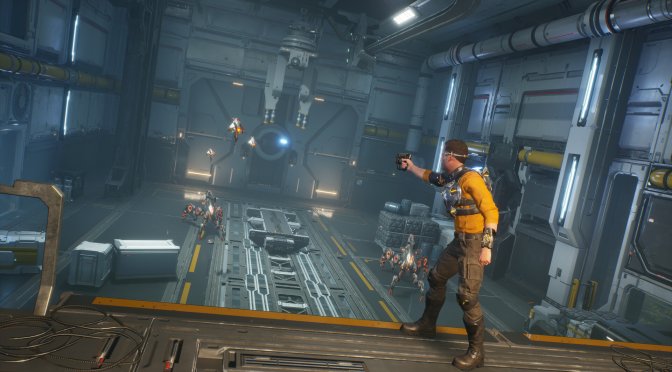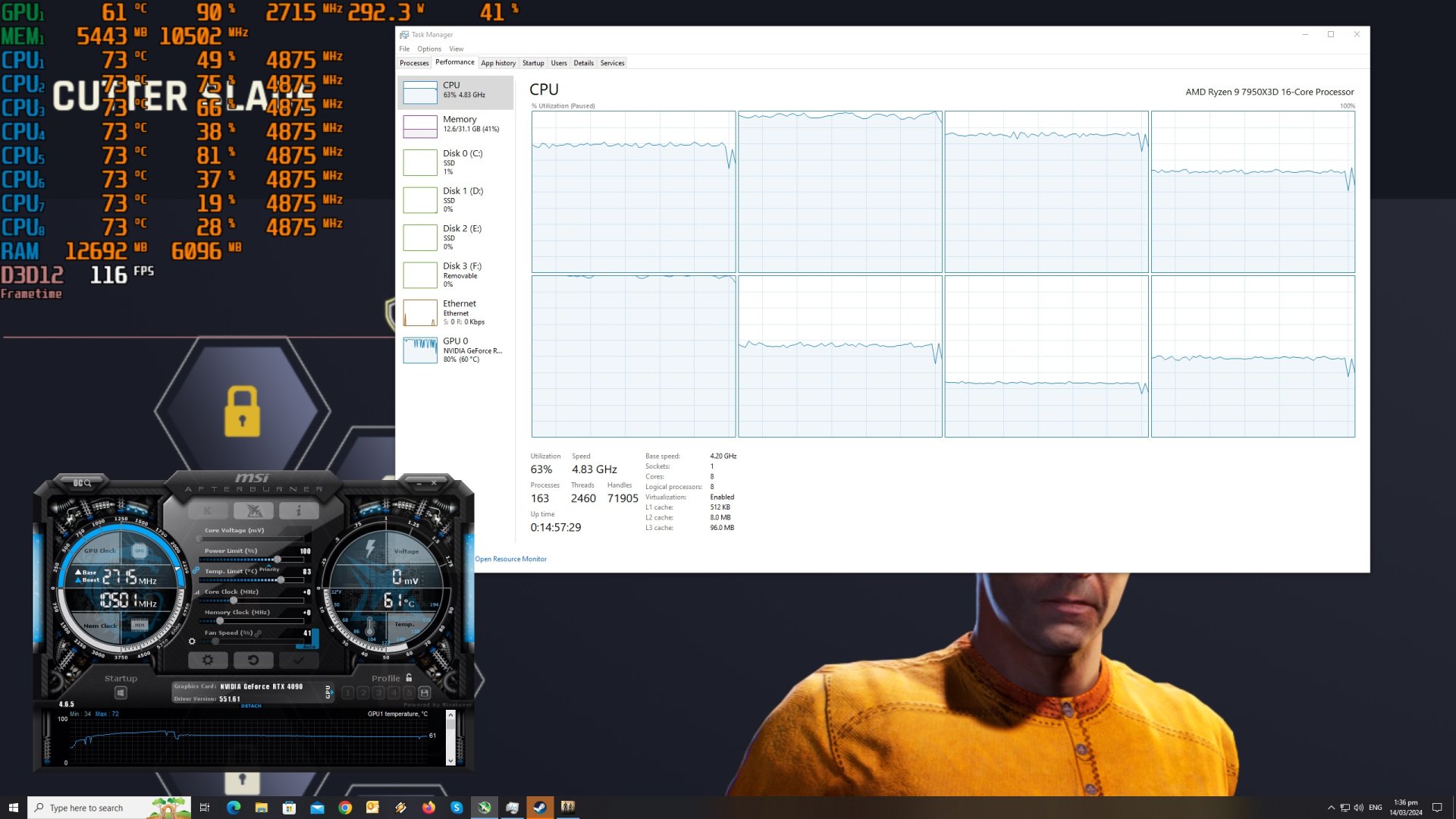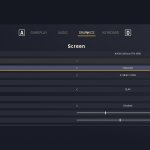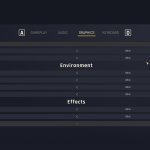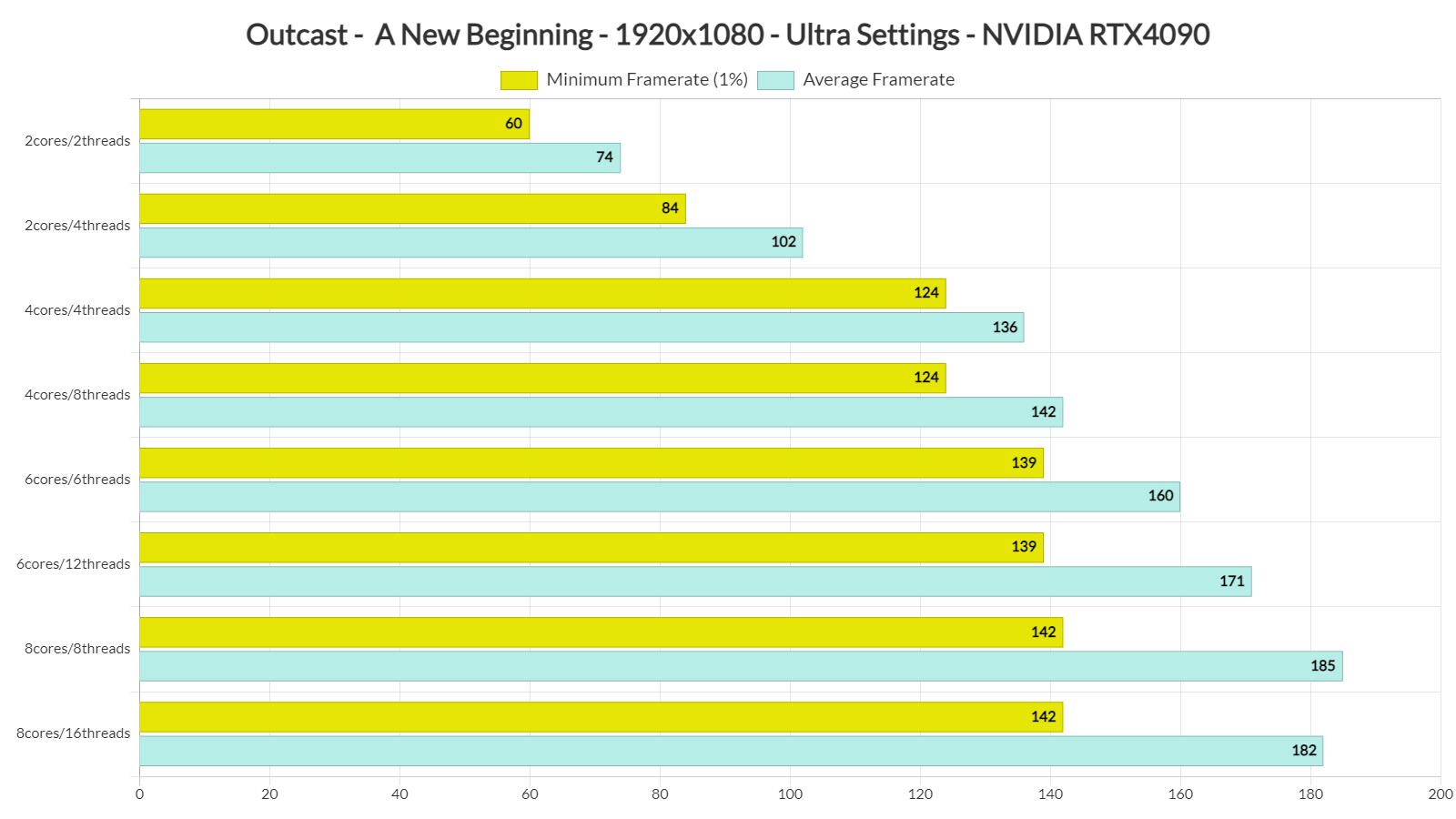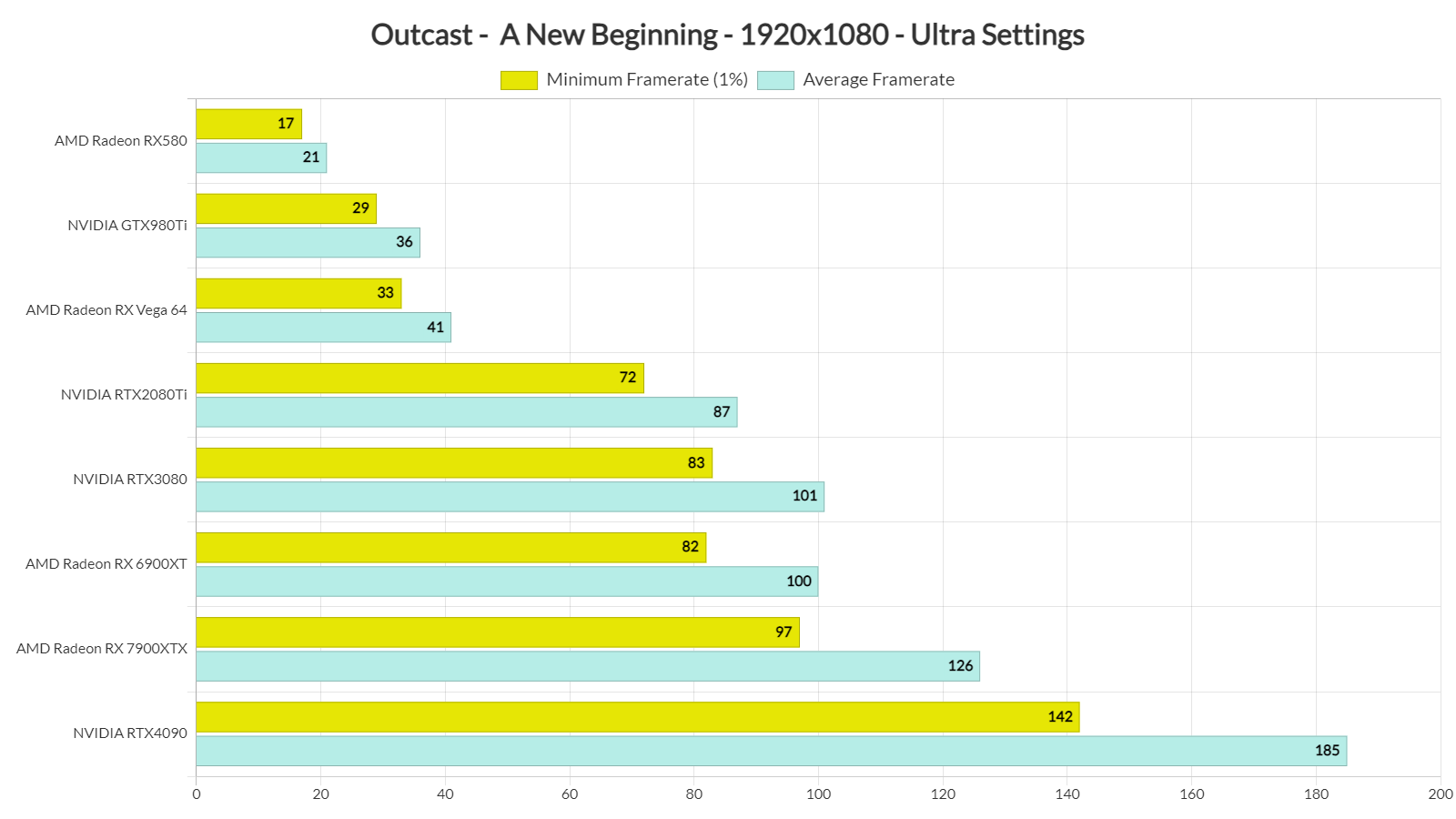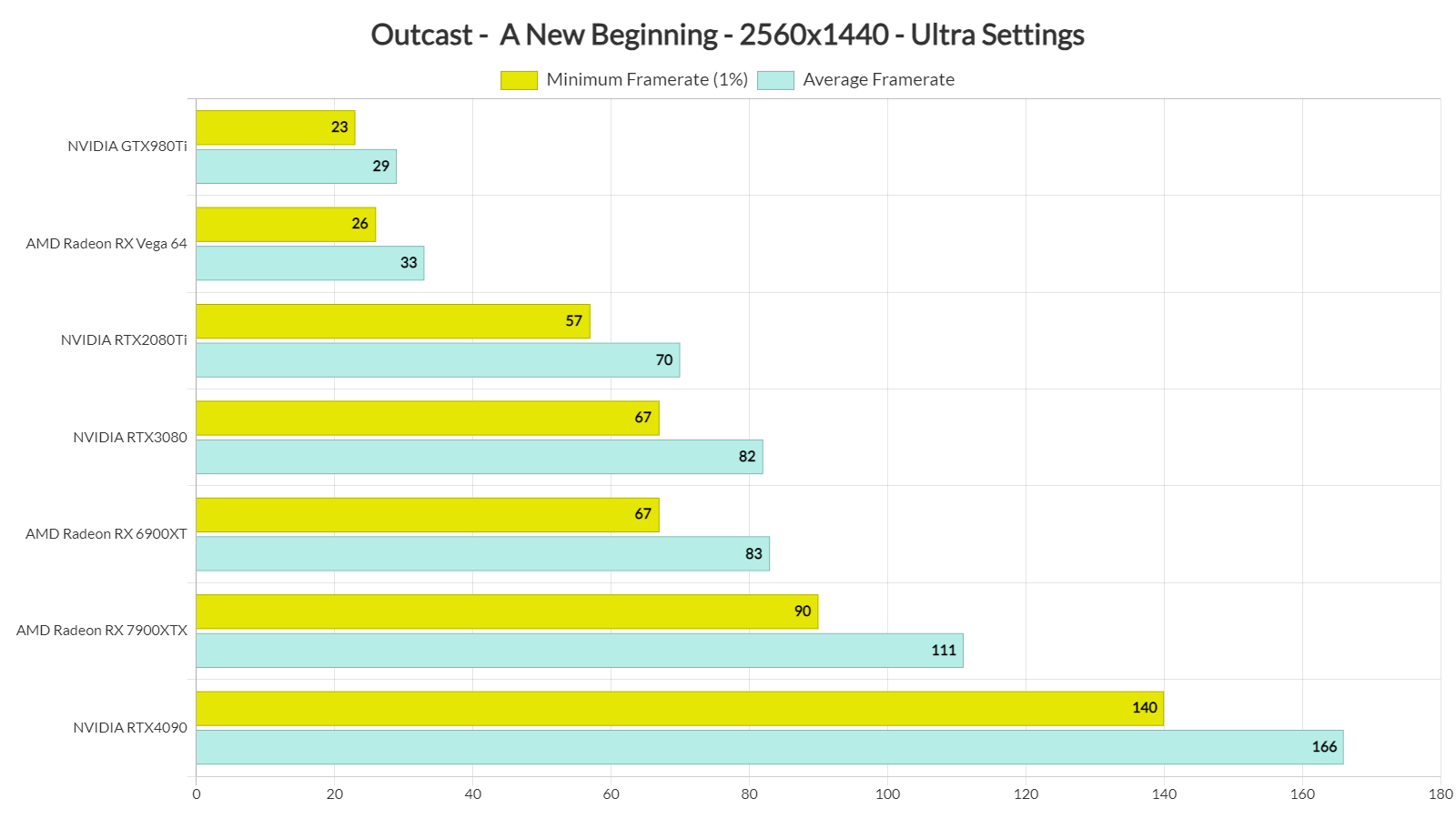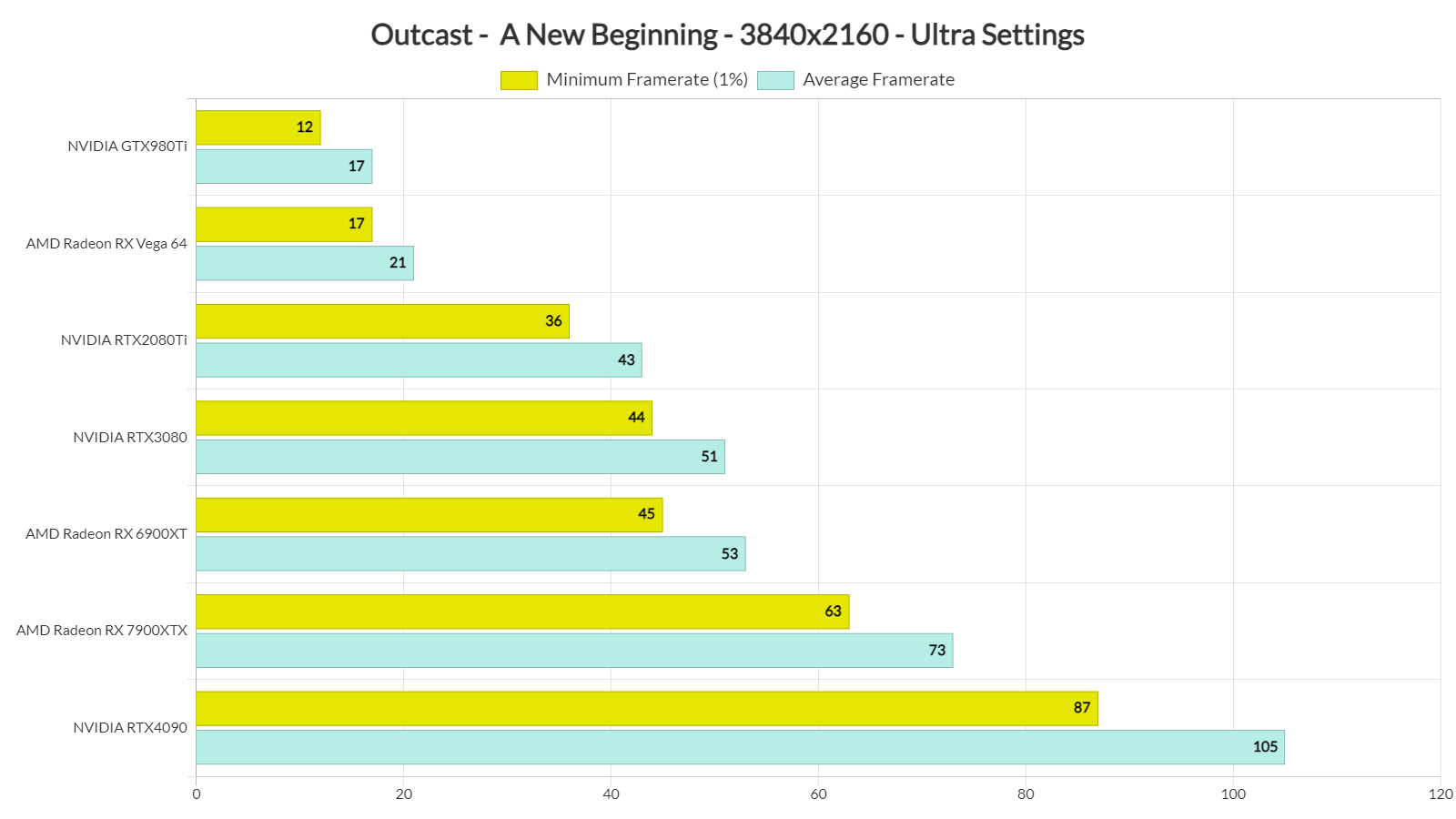THQ Nordic has lifted the review embargo for Outcast – A New Beginning. And, since the publisher sent us a review code, we were able to benchmark the game before its official release. Outcast – A New Beginning uses Unreal Engine 4.27.2.0, so let’s examine its performance on the PC.
For our benchmarks, we used an AMD Ryzen 9 7950X3D, 32GB of DDR5 at 6000Mhz, AMD’s Radeon RX580, RX Vega 64, RX 6900XT, RX 7900XTX, NVIDIA’s GTX980Ti, RTX 2080Ti, RTX 3080 and RTX 4090. We also used Windows 10 64-bit, the GeForce 551.61, and the Radeon Adrenalin Edition 24.2.1 drivers. Moreover, we’ve disabled the second CCD on our 7950X3D.
Appeal Studios has added a few graphics settings to tweak. PC gamers can adjust the quality of Textures, Anti-aliasing, View Distance, Foliage and more. The game also supports NVIDIA DLSS 2. However, there is no support for AMD FSR 2.0 or Intel XeSS. So, this kind of sucks for those who don’t own an NVIDIA RTX GPU.
Outcast – A New Beginning does not feature any built-in benchmark tool. So, for our tests, we benchmarked the following area. This appeared to be a demanding scene (at least in the early parts of the game).
To see how the game runs with different types of CPUs, we simulated dual-core, quad-core, and hexa-core CPUs. And, to be honest, I was pleasantly surprised with the game’s CPU scaling. Our simulated dual-core system was able to push over 60fps at all times at 1080p/Ultra Settings, even without Hyper-Threading/SMT. However, I should note that there were major frame-pacing issues without SMT. By enabling SMT, we were able to resolve these frame-pacing issues (and improve overall performance). Outcast – A New Beginning is also one of the few games that can use up to eight CPU cores. Again, this is a UE4 game, so that’s a pleasant surprise.
Now while the game does not appear to require a high-end CPU, it sure needs a somewhat powerful GPU. At 1080p/Ultra Settings, you’ll need an NVIDIA RTX2080Ti (or equivalent GPU) to hit over 70fps at all times. From what we can see, the game also appears to run great on NVIDIA’s GPUs (though its performance is a bit questionable on AMD’s hardware). For instance, the NVIDIA RTX3080 manages to offer the exact same performance as the AMD RX 6900XT.
At 1440p/Ultra, our top five GPUs had no trouble running the game. Our NVIDIA RTX2080Ti was also able to offer a smooth gaming experience, provided you use a G-Sync monitor. And as for Native 4K/Ultra Settings, the only GPUs that were able to run it with over 60fps were the AMD Radeon RX 7900XTX and the NVIDIA GeForce RTX 4090.
Graphics-wise, Outcast – A New Beginning pushes some great environments. You can interact with a lot of plants, and that’s a breath of fresh air. Seriously, I want more physics and plant/object interaction in my games. It’s really pathetic how static and lifeless some games feel these days. However, while at first glance Outcast looks great, it becomes less impressive the longer you play it. For instance, its character models are nowhere close to what other games can offer. The lip-syncing is also awful during the cut-scenes. Animations can also feel a bit rough at times. Not only that, but I could spot numerous pop-in issues with distant objects and shadows. The grass also appears to have some awful pop-in issues as it can form right in front of you. So yeah, don’t expect a visually mind-blowing experience. Still, for a douple-A game, it does look good.
Before closing, I should note that the game still suffers from traversal stutters. Thankfully, though, there aren’t any shader compilation stutters. The traversal stutters do not seem to be as annoying as those I found in its PC demo, so that’s at least good news. Still, don’t expect a stutter-free experience. And yes, these stutters will be also present on consoles.
All in all, Outcast – A New Beginning runs, for the most part, well on PC. The game can scale up to eight CPU cores, and it can run smoothly on NVIDIA’s GPUs. However, AMD will have to work with the developers in order to improve performance on its hardware. Appeal Studios should also add support for AMD FSR (or Intel XeSS). Realistically speaking, I don’t expect the devs to completely resolve the game’s traversal stutters. However, I do hope that they will address some of its aggressive pop-in issues!

John is the founder and Editor in Chief at DSOGaming. He is a PC gaming fan and highly supports the modding and indie communities. Before creating DSOGaming, John worked on numerous gaming websites. While he is a die-hard PC gamer, his gaming roots can be found on consoles. John loved – and still does – the 16-bit consoles, and considers SNES to be one of the best consoles. Still, the PC platform won him over consoles. That was mainly due to 3DFX and its iconic dedicated 3D accelerator graphics card, Voodoo 2. John has also written a higher degree thesis on the “The Evolution of PC graphics cards.”
Contact: Email

